- What Is a Dream? Why do we forget what we dreamed after waking up?
- What is happiness? How to Know If You’re Happy?
- What is Psychology? Top 4 Things to Know About Psychology
What is spirituality?
Spirituality is a broad, context-changing concept, with many nuances that can coexist. Usually, it refers to the religious process of rediscovering the original form of man. In addition, spirituality is also mysterious phenomena, which are beyond the scope of common understanding of human beings such as telepathy, telepathy, ascension, demonic possession, sleepwalking, sleep paralysis , hypnosis, and medical treatment. spirituality... which science cannot discover, explain and prove. Spirituality is also a type of mental phenomenon specific to humans, manifesting in some people as a sixth sense, based on the vestiges of "ecstatic intuitive logic" of low-level animals to during human fetal development (According to Wiki)
The Meaning and History of the 9 Spiritual Symbols
Below is the meaning and history of 9 symbols that you can encounter in spiritual life as well as in different religions.
1. The meaning of the Om . symbol
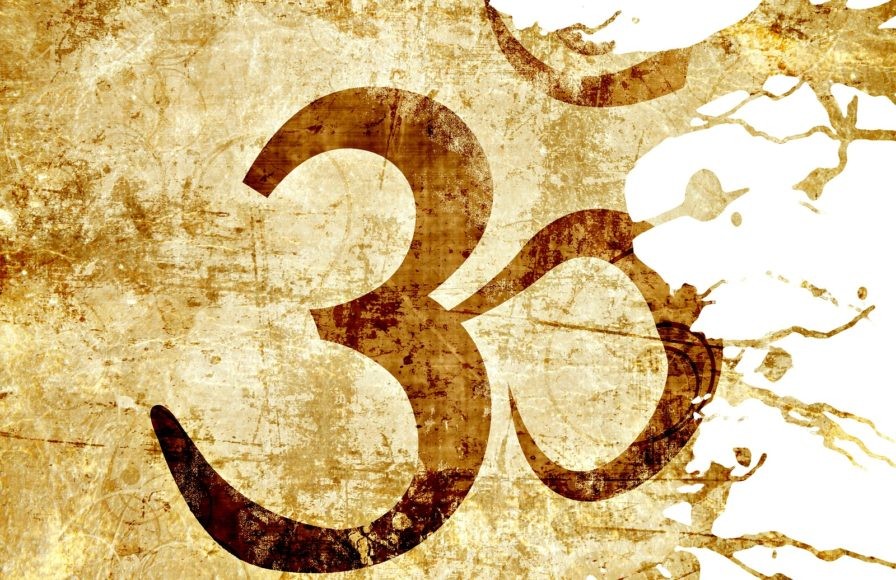
The Om symbol comes from Hinduism and is represented in the Vedas – the oldest Hindu Bible. Om represents the breath of the universe. In Sanskrit, Om is also known as the universe and symbolizes the most inexhaustible energy source of nature. Therefore, in Yoga, every time we practice, we sing Om with the aim of taking the breath as the center of gravity to transform cosmic energy into strength.
2. The meaning of the Lotus symbol
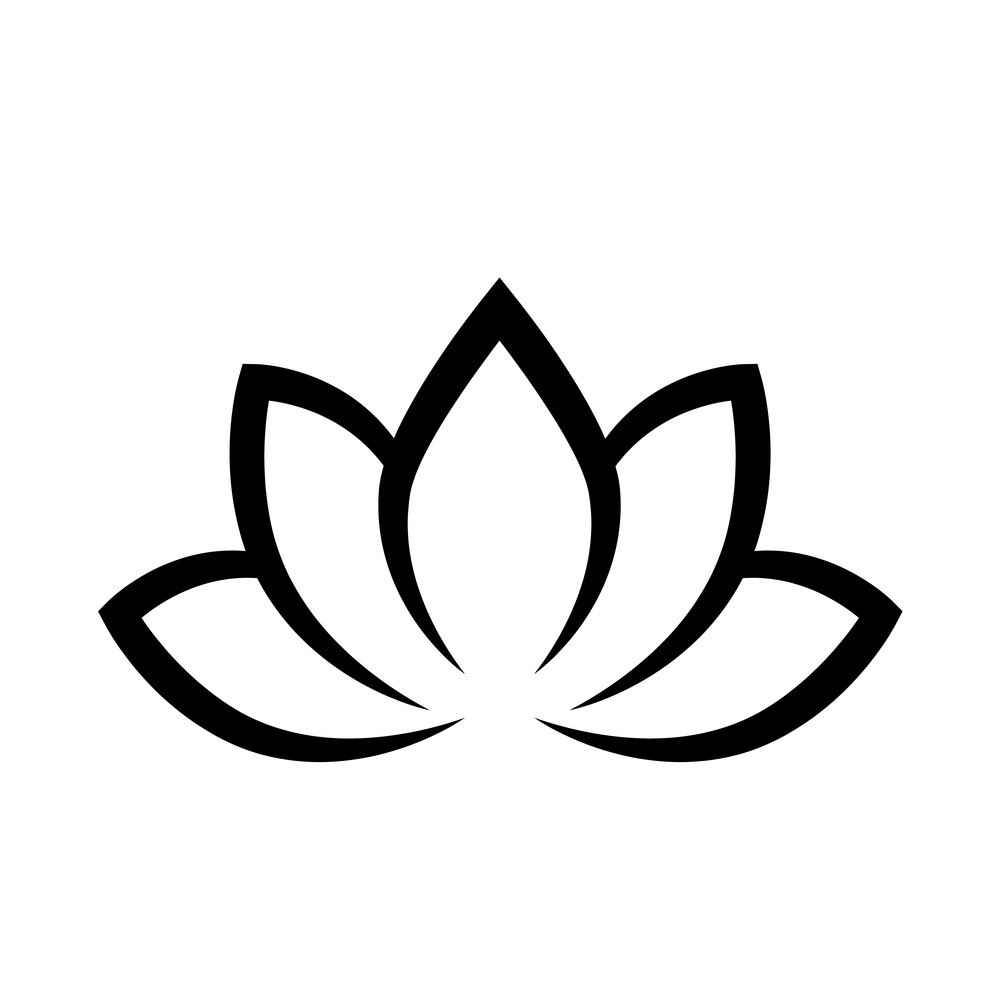
This is also another common sign in Hinduism, representing the "womb" of the universe - where everything is created. Accordingly, the lotus - a symbol of beauty, which grows only in swampy areas - represents evil and instability. So this image implies that we humans always aim for good things and try to overcome adversity. In addition, in Buddhism, the lotus is also associated with the idea of the soul of the universe. To this day, the lotus has been recognized as the national flower of India.
3. Meaning of the hand symbol Hamsa
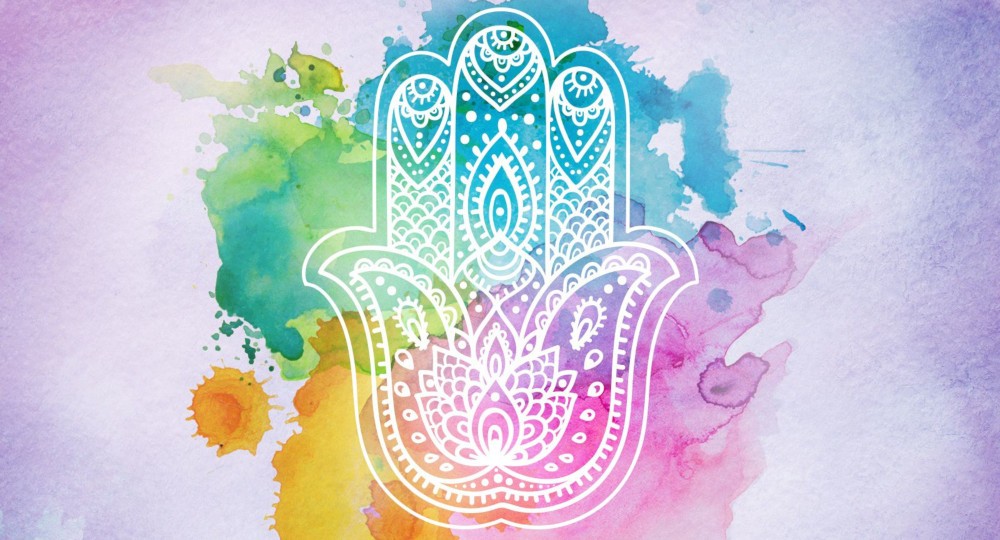
The Hamsa hand symbol is often found on jewelry and clothing, symbolizing the guardian deity that wards off evil and negativity. Accordingly, the Hamsa hand is also associated with Islam, Judaism, Hinduism and Buddhism. In Islam and Judaism, Hamsa is the hand of God with the eyes of Horus that protects the wearer and attracts positive energy. As for Hinduism, Hamsa is associated with a spiritual meaning, representing the Supreme God and Ultimate Reality - the absolute nature of all things.
4. Meaning of Buddha image
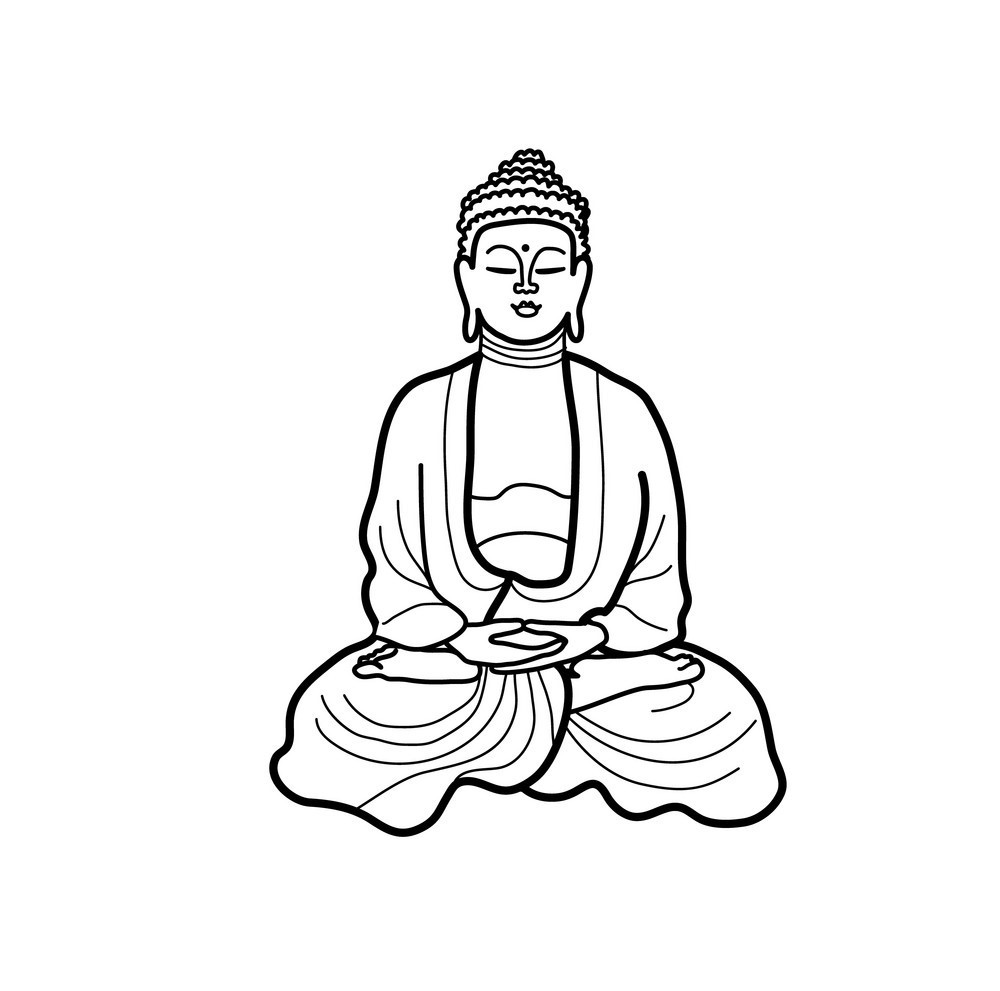
This is an image of Buddha Siddhartha Gautama who lived in the 5th century BC. Today, the image of Gautama Buddha represents enlightenment, unity, peace and is spread around the world, especially in spiritual spaces. Buddha is also a metaphorical symbol for a person who has understood the truth and reason of life and can use his wisdom to perceive the world as well as reach the most enlightened level.
5. Meaning of Mandala
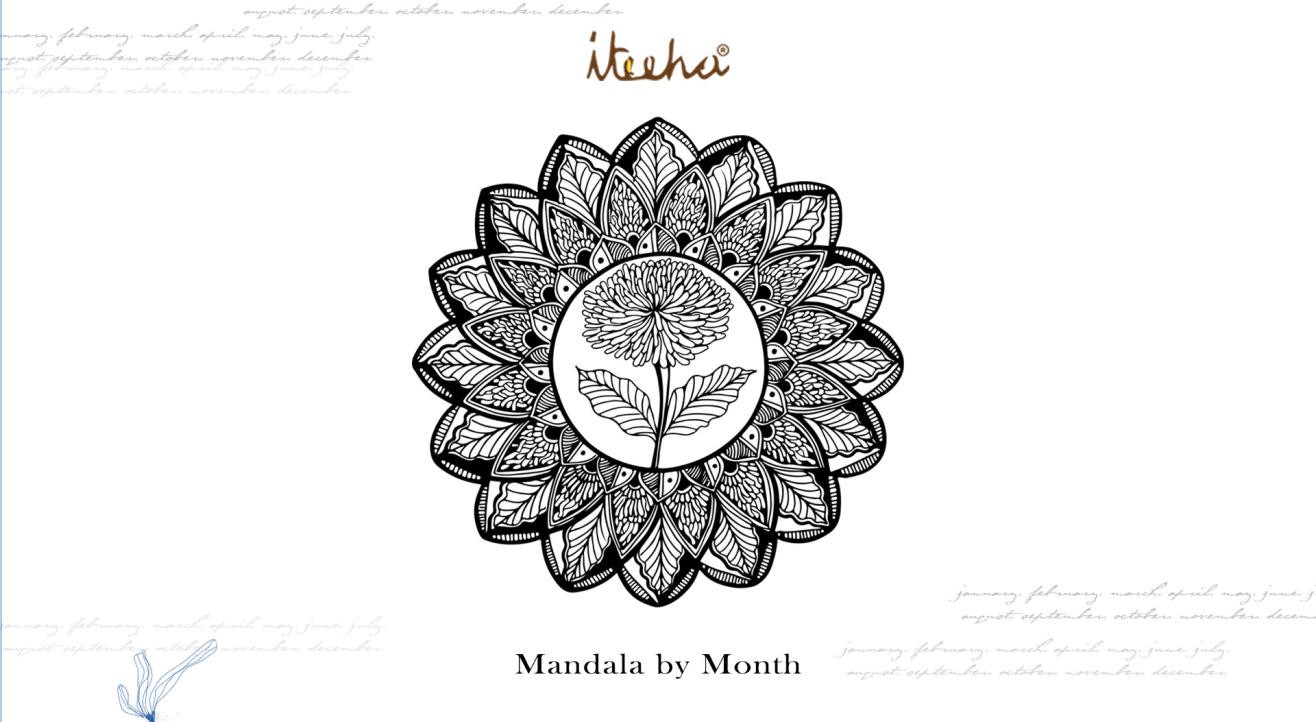
Mandala has long had a spiritual connection with Buddhism and Hinduism. These motifs represent our journey to explore the world outside as well as inside. In essence, the layers of textures are metaphorical details for the qualities we need to cultivate in order to reach the high limits of wisdom and enlightenment of all things. In addition, Buddhist monks also use the sand mandala to symbolize impermanence and disregard for matter. In Hinduism, the mandala is a symbol of the connection between the invisible and the visible.
6. The meaning of the demon eye symbol
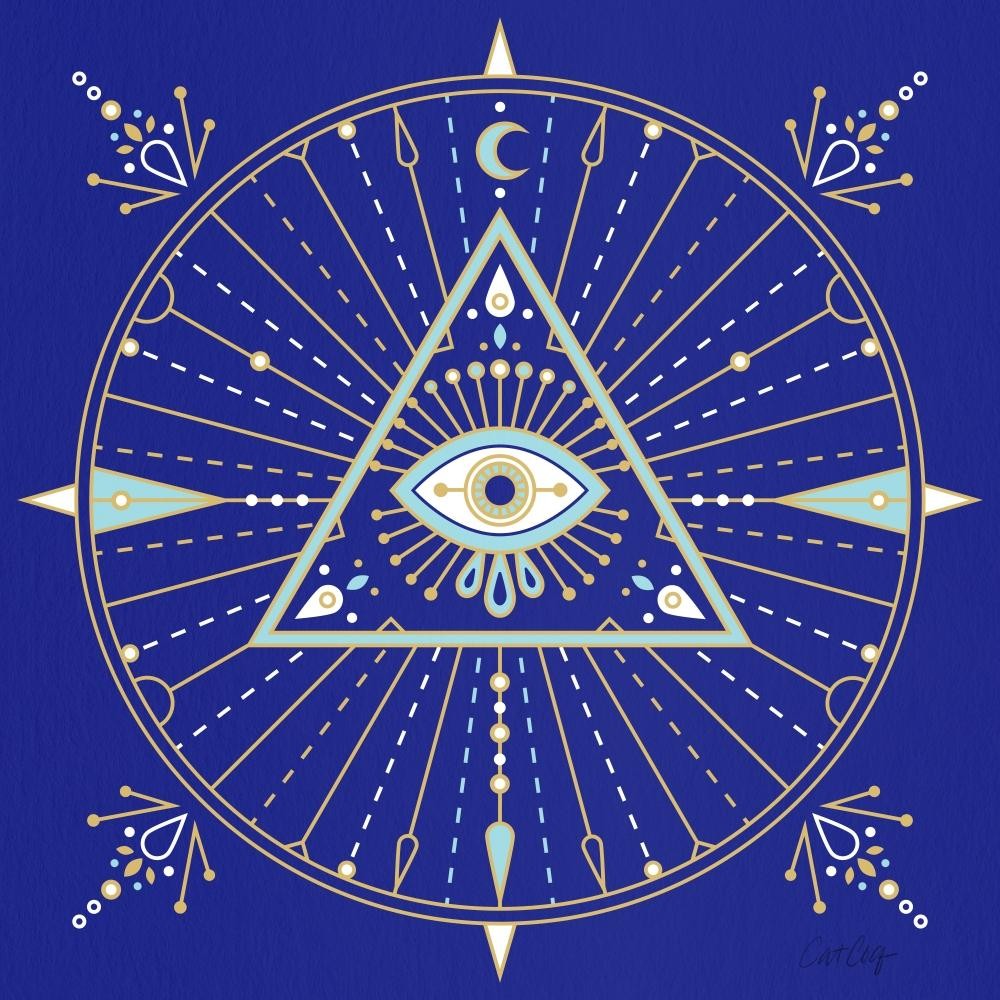
In addition to the meaning associated with the spiritual symbol Hamsa, in Islam, Hinduism, Judaism and Buddhism, the Devil's Eye is also very popular. Accordingly, the idea of the Devil's Eye refers to evil things and evil forces that are affecting you. Combined with Hamsa, the wearer often wears the Devil's Eye Charm to fight "evil", bad things and banish "malicious" looks around.
7. Meaning of Chakras
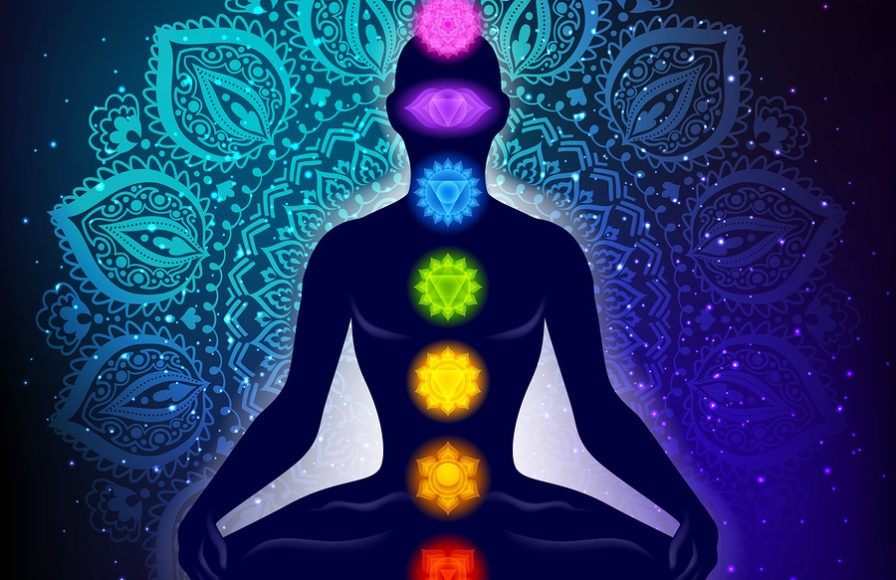
Chakras are the receiving and transmitting points of spiritual energy from the Universe. In our body there are 7 main chakras running along the spine from the base of the base to the top of the head. We often refer to chakras as the invisible human body with energy resources distributed in many places. In any case, when the chakras are affected, it can lead to negative effects on our mental health and well-being. In addition, the spiritual power of each person is also shown through the brightness in the color of each chakra.
8. The meaning of Namaste
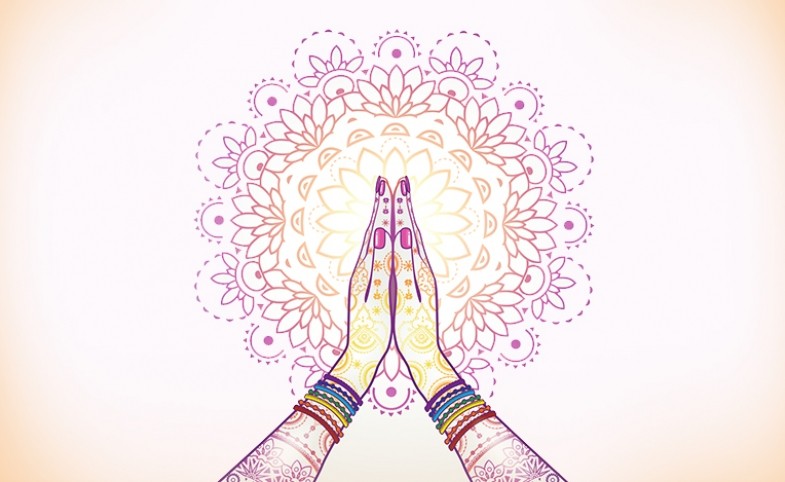
In India, Namaste is like a greeting, meaning to send greetings and blessings to the person being greeted. But if you attend a yoga class, you may still come across a greeting like “The light in me honors the light in you – namaste”. Here, Namaste again shows the speaker's reverence for the listener as well as the spirit residing within them.
9. Meaning of Yin and Yang symbols
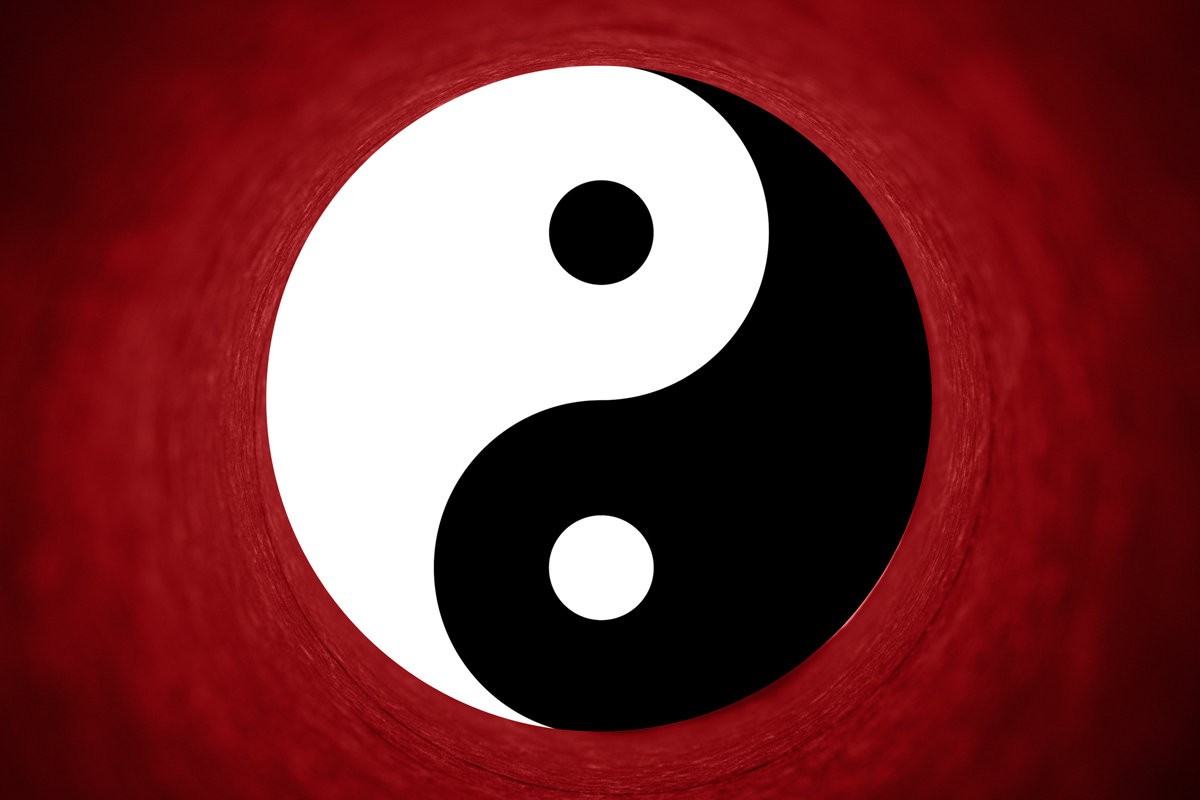
Yin and Yang represent masculinity and femininity, light and darkness as well as the law of polarization. According to the law of polarity, everything in this world has two sides such as good and bad, warm and cold. In China, the idea of two opposites has spread through different generations and schools of thought. After all, Yin and Yang are spiritual symbols representing harmony and balance in nature.

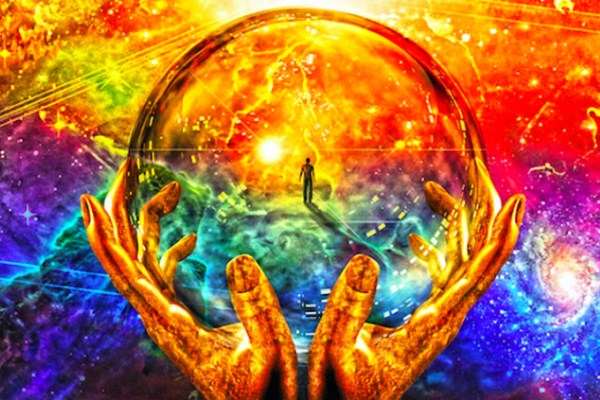






Để lại bình luận
5